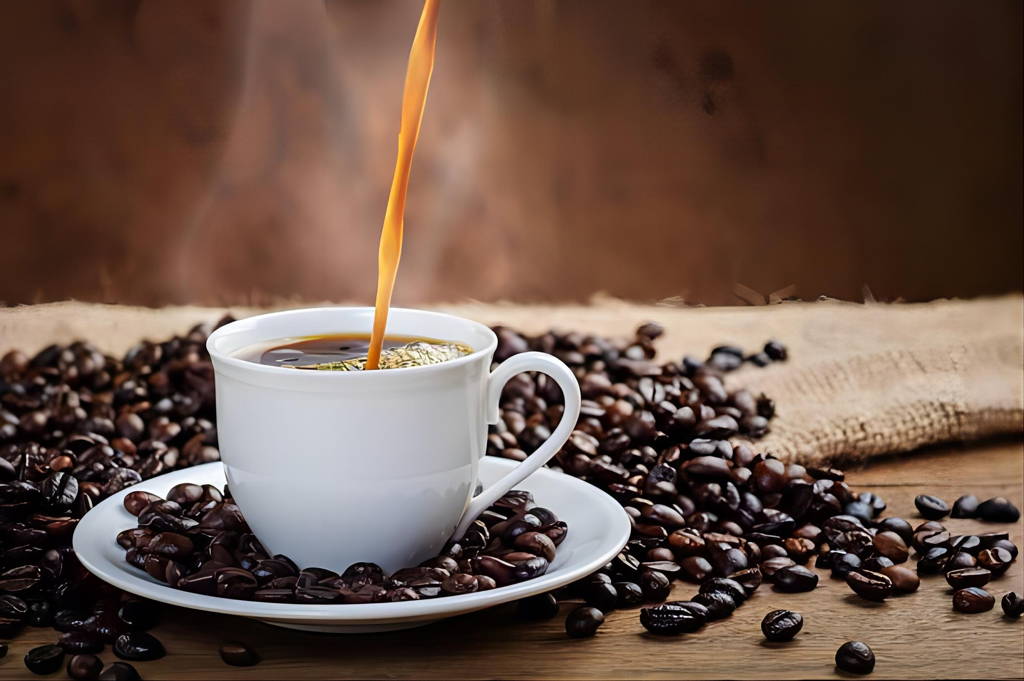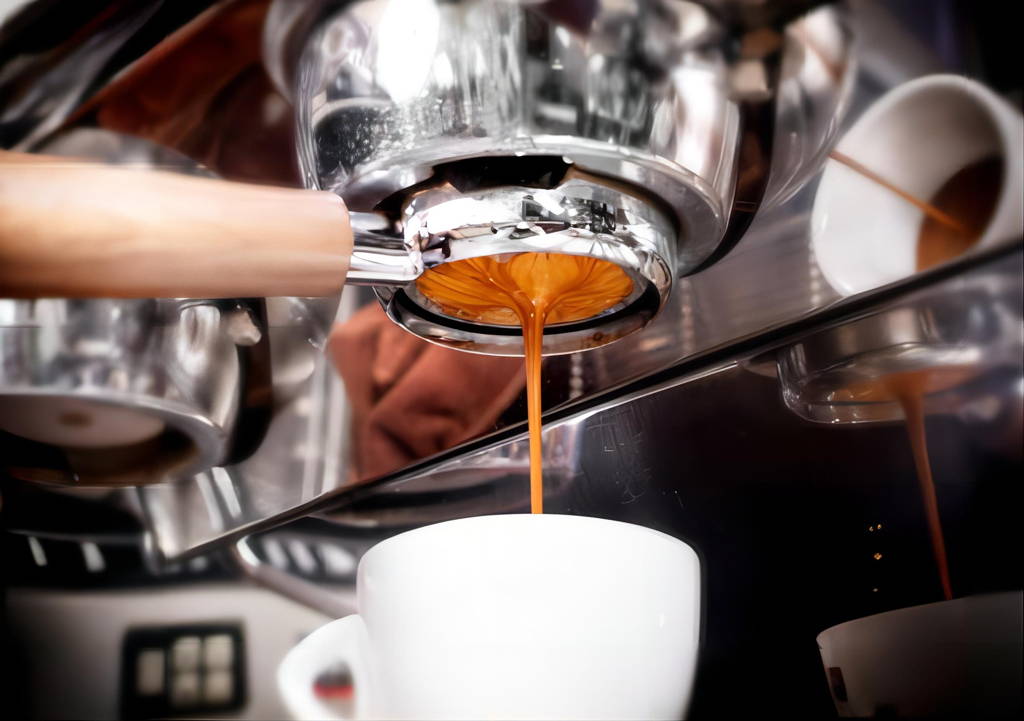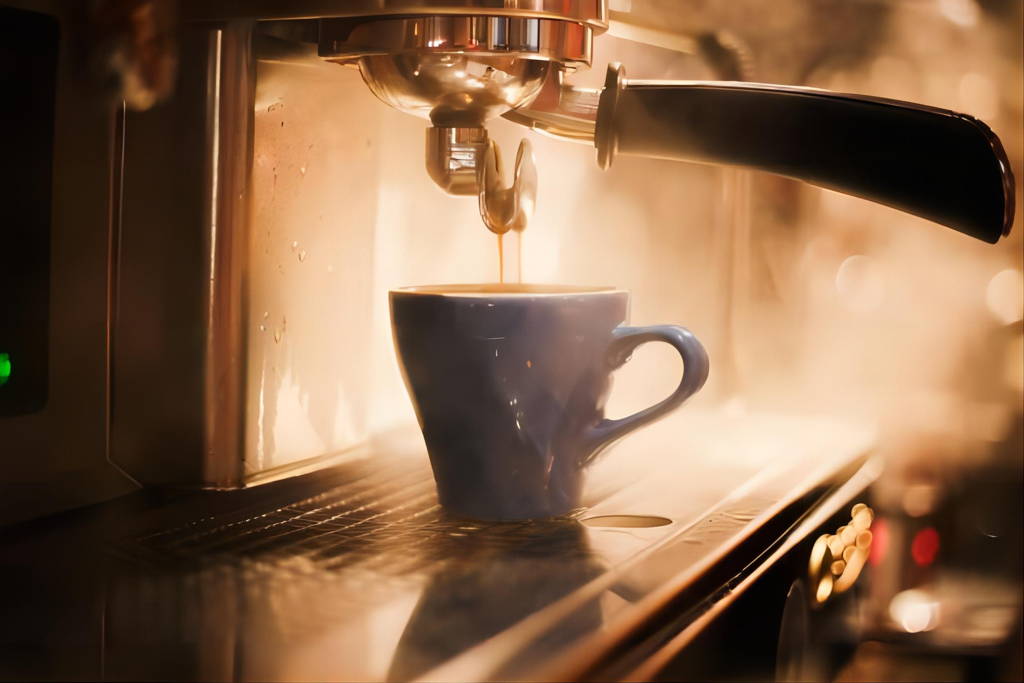Cart
Your cart is empty
Making a delicious cup of espresso can be an art form, with several elements working in harmony to create a brew that's rich, aromatic, and full-bodied. Among these factors, water temperature holds a crucial position.
Let’s learn more on the topic and discuss the significance of water temperature in achieving the perfect brew.
Subscribe
To join our mailing list and never miss event update!
The Role of Water Temperature in Espresso Brewing

The Optimal Water Temperature Range

Measuring Water Temperature for Espresso Brewing

Adjusting Water Temperature for Espresso Brewing

Experimenting With Water Temperature
Additional Tips for the Perfect Espresso Brew

Water temperature is a vital component in the journey towards brewing the perfect espresso. It plays a pivotal role in extracting the flavors, aromas, and body that make espresso a beloved beverage worldwide.
While the recommended temperature range falls between 90°C and 96°C (195°F and 205°F), fine-tuning the water temperature and other variables through experimentation is the key to achieving your personal perfect brew.
Subscribe
To join our mailing list and never miss a baby update!